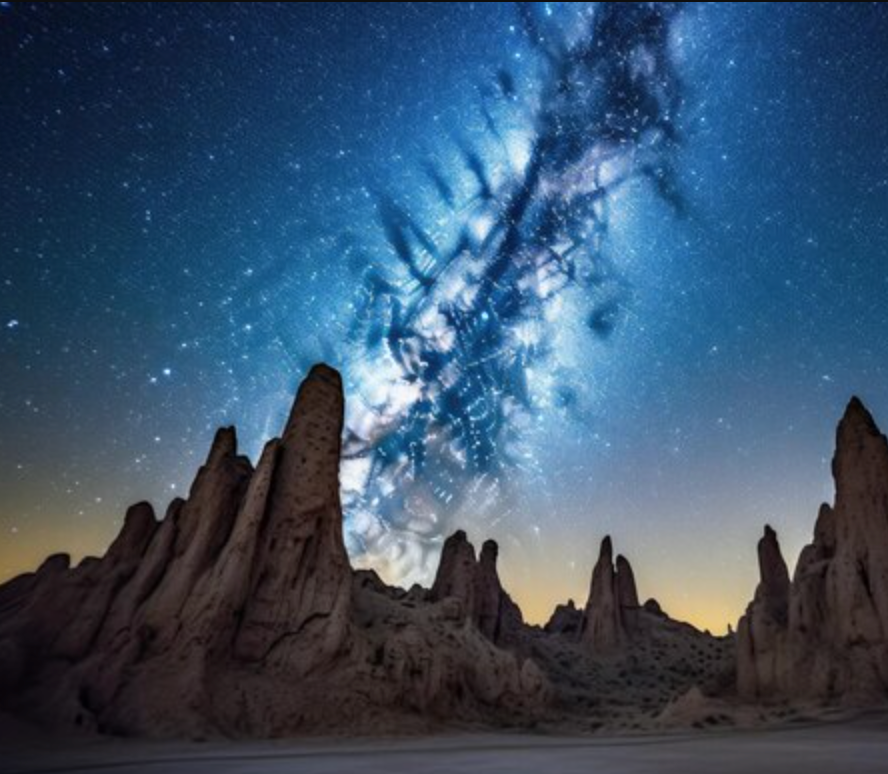The DESI Collaboration (https://en.wikipedia.org/wiki/Dark_Energy_Spectroscopic_Instrument) has released results from its first year of observations.
“The complex analysis used nearly 6 million galaxies and quasars and lets researchers see up to 11 billion years into the past. With just one year of data, DESI has made the most precise overall measurement of the growth of structure, surpassing previous efforts that took decades to make.” According to Dragan Huterer, professor at the University of Michigan and co-lead of DESI’s group.
https://web.ub.edu/en/web/actualitat/w/desi-force-gravity - New DESI results on the force of gravity
The analysis upholds general relativity but hints dark energy may vary over time. The result validates our leading model of the universe. It limits theories of modified gravity like MOND, which have been proposed as alternative ways to explain unexpected observations – including the accelerating expansion of our universe attributed to dark energy.
The standard model of cosmology summarizes our current best knowledge of the Universe. This is based on two well-established pillars of physics. Einstein’s General Relativity, which regulates gravitation, and the standard model of particle physics, for all other basic interactions. However, it also relies on three key components — Inflation, Dark matter, and Dark energy that are critical for understanding a wide range of evidence, from the Cosmic Microwave Background to the Universe’s Large Scale Structure.
The Dark Energy Spectroscopic Instrument (DESI) measures the effect of dark energy on the universe’s expansion. Its completed survey will obtain optical spectra for tens of millions of galaxies and quasars, constructing a 3D map of the nearby universe.
“This is the first time that DESI has looked at the growth of cosmic structure. We’re showing a tremendous new ability to probe modified gravity and improve constraints on dark energy models. And it’s only the tip of the iceberg.”
Additional details on the implications for alternative gravity models in this paper - Ishak et al. (2024), Modified Gravity Constraints from the Full Shape Modeling of Clustering Measurements from DESI 2024 https://arxiv.org/abs/2411.12026
Links to the other original papers are here https://data.desi.lbl.gov/doc/papers/
Its a nice bit of tech. 73M in construction costs. The focal plane instrumentation alone weighs 10 tonnes. It includes 5,000 small computer controlled fiber positioners. The entire focal plane can be reconfigured for the next exposure in less than two minutes while the telescope slews to the next field. The DESI instrument is capable of taking 5,000 simultaneous spectra of different Galaxies

I wonder what the final nail in the coffin will be for MOND. It seems like there’s new observations every few months supporting Lambda-CDM (even if it’s obviously not complete) over MOND. At some point, MOND is just a clever idea that was worth exploring and didn’t pan out.
preference of the data for dynamical dark energy
That is a quite weak statement, I presume it implies that this result has not excluded a cosmological constant by a long shot, bacause that would have been huge.
Curses, foiled again!
Conspiracy theorists: “scientists know it’s all wrong but they’re preventing the truth from coming out to protect their precious ‘theories’”
Actual scientists: “crap, our theories were dead on yet again, damn it, will someone please finally blow even a tiny hole in this thing so we can move forward”
From this angle the telescope looks like a guy wearing a Vietnamese hat and doing yoga.



